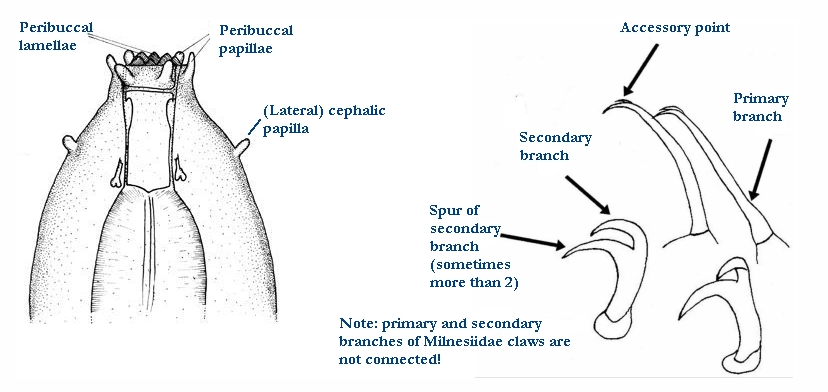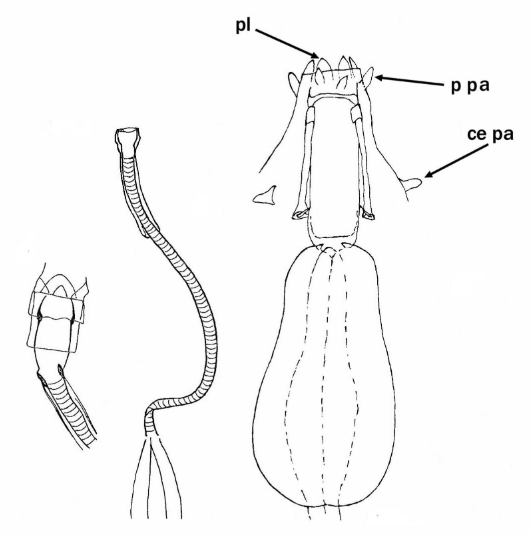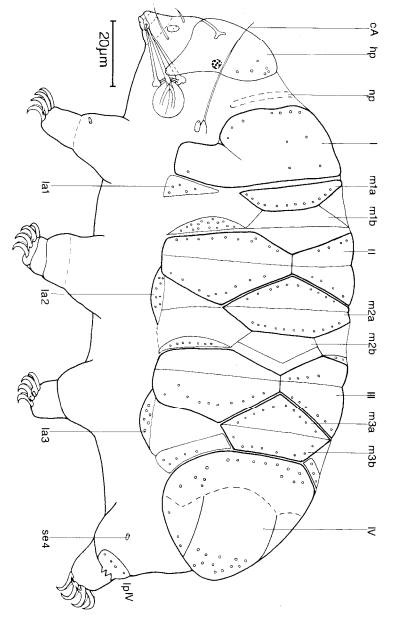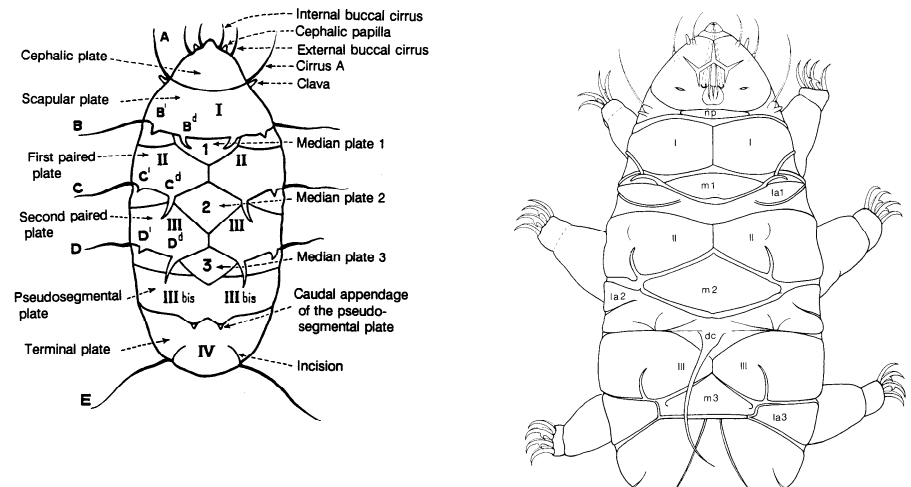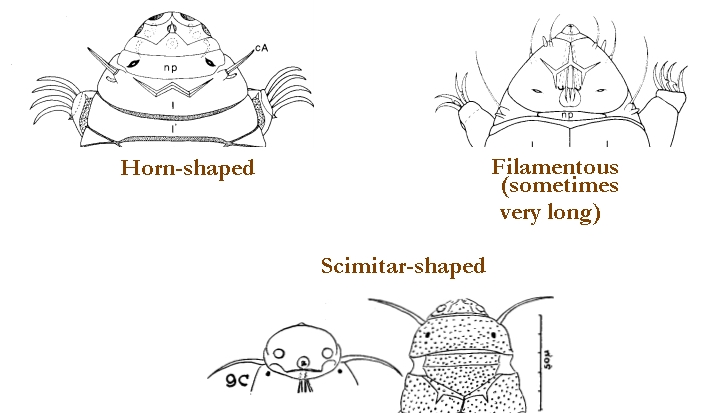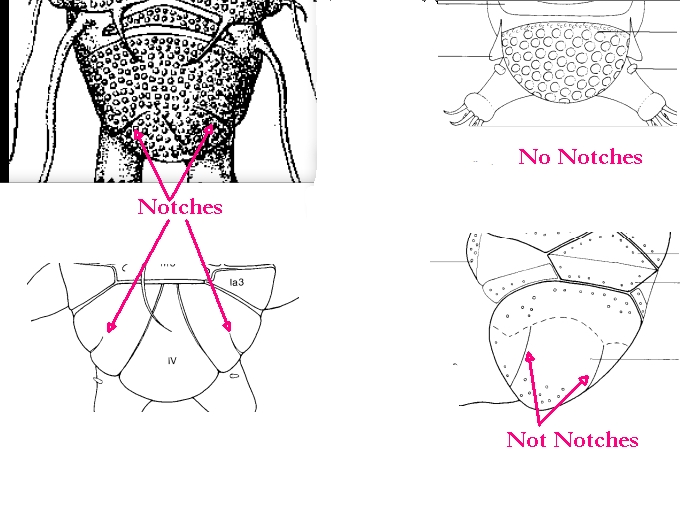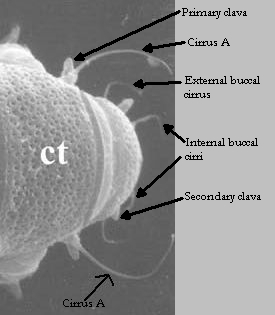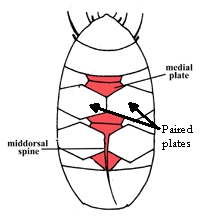How To Use The Key
For Best Search Results
Use the filter feature to access tardigrade profiles based on your preferred criteria. Rather than a traditional dichotomous key, multiple filters are provided to allow best possible searching based on what you are actually seeing … if any character is unclear, leave it blank.
How to Use the Filter Feature
Once inside the Tardigrade Key area, the left side of the page, you will find a list of questions and answers related to Tardigrades and their scientific aspects.
Follow these steps to discover specific tardigrade profiles
Step 1: Select Choices of Characteristics (Filters)
Click on any answer that interests you. The filter feature will automatically apply relevant criteria to your search. The key starts with the following filter and 2 choices: Lateral cirri A and select “Absent” or “Present.” and then more filters appear and disappear as you go along with choices in the filters. You will notice a small question mark icon next to certain filters. Click the icon to learn more about what each filter represents.
Step 2: View the Tardigrade Profiles
Once you’ve selected your choices, the Tardigrade profiles that match the chosen criteria will automatically re-populate the profile listing. These profiles contain detailed information about different tardigrade species and their unique characteristics.
Step 3: Refine Your Search
If you want to explore more aspects of tardigrades, simply choose another question or answer from the list on the tardigrade key page. The website will instantly update the displayed profiles based on your new filter criteria.
Search
Use the search bar to find specific topics or keywords related to tardigrades, or to jump directly to a particular genus.
Exploring Tardigrade Profiles
Each Tardigrade profile offers detailed descriptions for the genus, and may include additional images for comparison.
Share Your Experience
We value your feedback! Let us know about your experience using the website and any suggestions for improvement. Contact us through the Contact page .
Start Your Journey with Tardigrades Now!
Begin your exploration of these microscopic heroes today. Click on any filter to dive into the world of Tardigrades and discover their remarkable scientific aspects.




